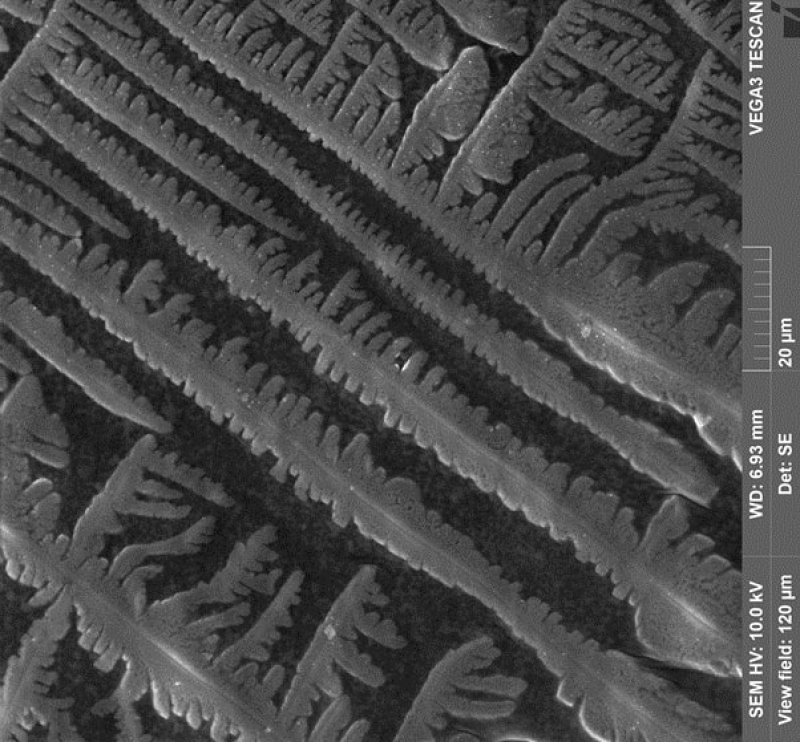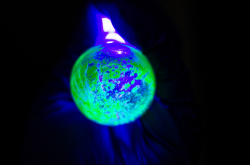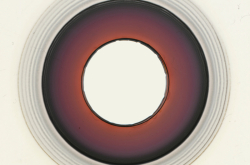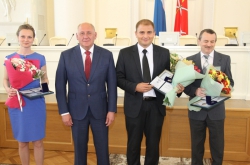The photo demonstrates a branched structure of crystals composed of culture media components, which support its buffer system. Inorganic salts provide the media with sodium, potassium, and calcium ions, therefore maintaining the osmotic pressure and the pH level, as well as helping to regulate the membrane potential of the cell culture.
The crystal’s growth forms depend not just on their symmetry but also on external factors such as the crystals' positions during growth, the presence of other crystals close by, the media’s viscosity, the uniformity of the temperature, and the concentration of the media. As in laboratory conditions crystals are constrained by the walls of the vessel and the irregularity of external factors, they take shapes that are different from their natural multifaceted ones. In the image, you can see the result of a dendritic growth: branched structures that emerged following a rapid and constrained crystallization in unbalanced conditions.
The photo was taken as part of the work of the Ceramic and natural materials team with the Vega 3 TESCAN scanning electron microscope at ITMO’s SCAMT (Solution Chemistry of Advanced Materials and Technologies) international research center.





